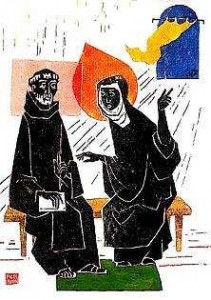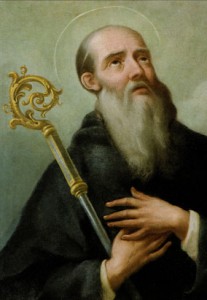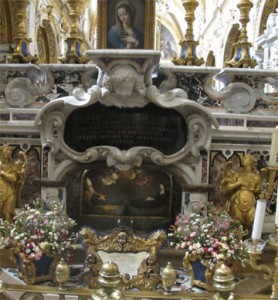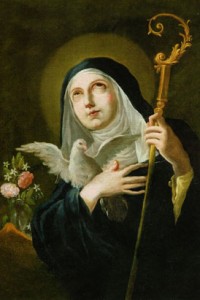Thomas Craughwell in, “Popes Who Resigned: Benedict Xvi and 13 Other Popes Who Retired (or Were Deposed)“, has once again proven why his writing is so fascinating and enjoyable. He never shys away from the uncomfortable fact. He presents the information with the peace and good humor which comes from the hindsight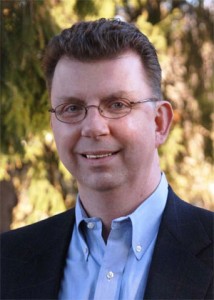 afforded by history and a knowledge of a God who eventually brings all things into in order despite his earthly children’s best efforts to mess things up. We can learn much from a particular moment or action of human behavior in the curse of human history, and with Thomas Craughwell’s keen eye not much is missed. In this particular case, we can rest assured that the Barque of St. Peter sails the seas of human history helmed by the Holy Spirit more than by the hands of man, otherwise it would of crashed on the seashore of time long ago.
afforded by history and a knowledge of a God who eventually brings all things into in order despite his earthly children’s best efforts to mess things up. We can learn much from a particular moment or action of human behavior in the curse of human history, and with Thomas Craughwell’s keen eye not much is missed. In this particular case, we can rest assured that the Barque of St. Peter sails the seas of human history helmed by the Holy Spirit more than by the hands of man, otherwise it would of crashed on the seashore of time long ago.
Podcast: Play in new window | Download (Duration: 3:07 — 2.9MB) | Embed
Subscribe: Apple Podcasts | Spotify | Amazon Music | Android | Pandora | iHeartRadio | JioSaavn | Podchaser | Gaana | Podcast Index | Email | TuneIn | Deezer | Anghami | RSS | More
The stories contained here are short and to the point, each representing a fascinating period in Church history. I appreciated his insights on the unique circumstances and personalities of Bl. John Paul Ii and Pope Benedict XVI, and why each chose the course they took in regards to their decisions to either remain or leave their role as Supreme Pontiff.
I am a big fan of Thomas Craughwell’s work…I wasn’t disappointed.
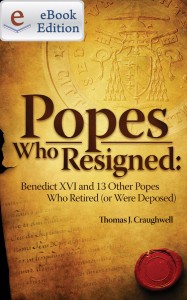 You can obtain the book here
You can obtain the book here
From the book description:
On February 11, 2013, Pope Benedict XVI shocked Catholics and the world by announcing that he would resign from the papacy. It was the first papal resignation in 600 years, and it has caused Catholics the world over to scramble for answers. Now, in Popes Who Resigned, Thomas J. Craughwell answers those burning questions, including:
– Why did Benedict XVI resign… and why didn’t John Paul II?
– What does the Catholic Church teach about papal resignation?
– Who were the other popes that resigned, and why?
– And much more.
In these tumultuous times, Craughwell points even now to the rock that is the Catholic Church, digging into Canon law and Church history for answers. Popes Who Resigned is a must read for Catholics and non-Catholics alike who are trying to make sense of Benedict XVI’s resignation and what it means for the papacy, the Church, and the world.

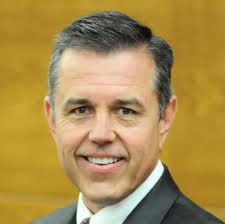
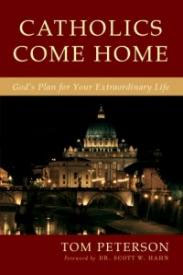
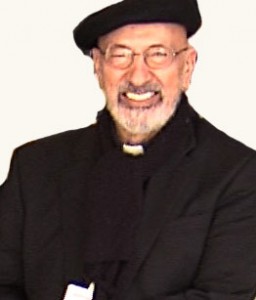
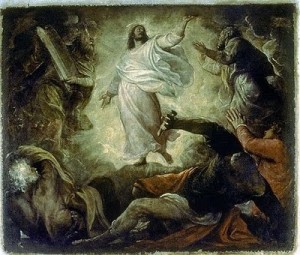 As they were about to part from him,
As they were about to part from him,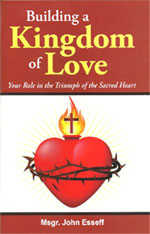
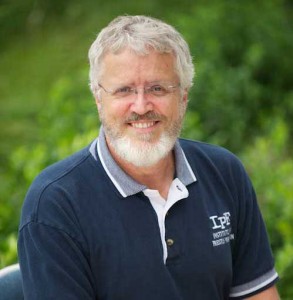
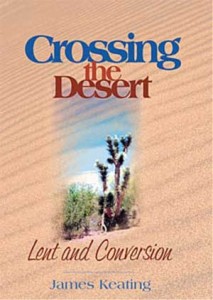

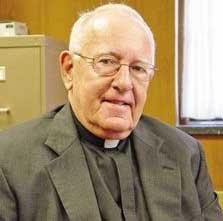
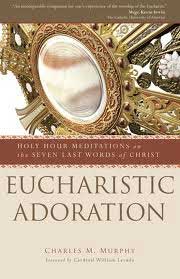
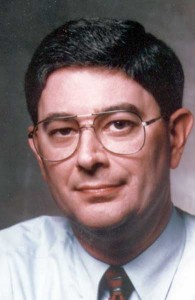
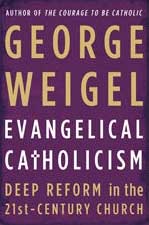
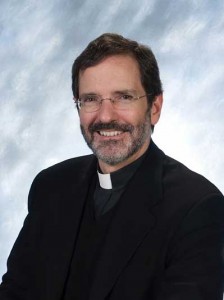
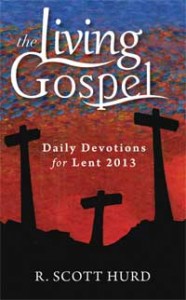
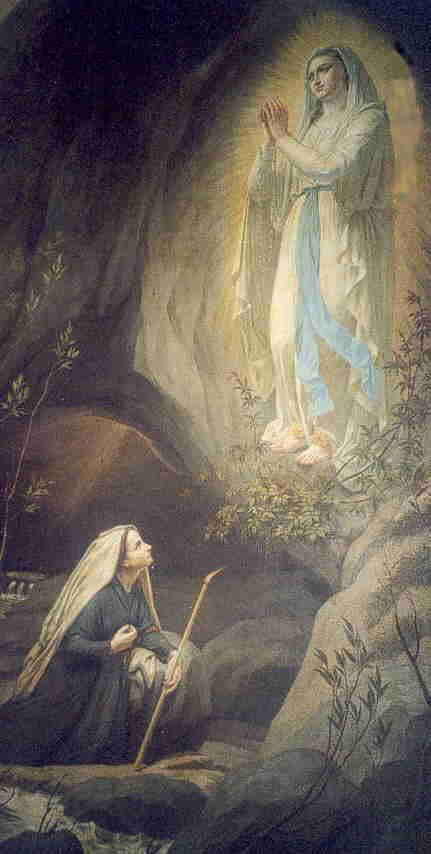
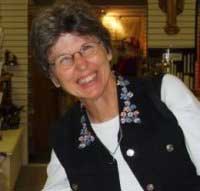
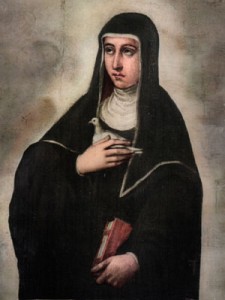 to be delivered from the thorn of the flesh, and yet he did not obtain his petition. Speaking of that, I must tell you how there was one thing which the venerable father Benedict would have liked to do, but he could not.
to be delivered from the thorn of the flesh, and yet he did not obtain his petition. Speaking of that, I must tell you how there was one thing which the venerable father Benedict would have liked to do, but he could not.